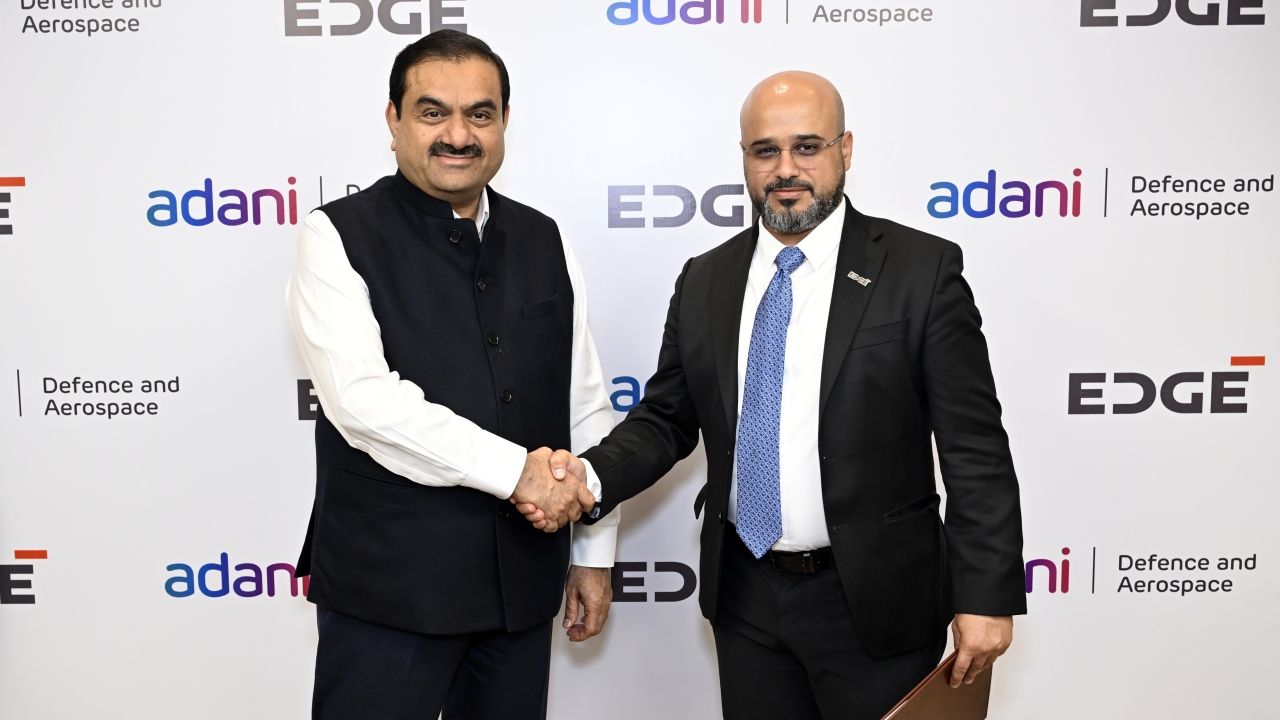Increase in UAVs likely as US troops withdraw from Iraq

Speaking at the annual Association of Unmanned Vehicle Systems International (AUVSI) in Denver, Colorado today, a senior representative of the US Army said the operational tempo for UAVs in Iraq is likely to increase as the combat units leave the country later this year.
Colonel Gregory Gonzalez, programme manager for Army unmanned aircraft systems said
“I don’t see the op tempo slowing. The need to cover ground is the same even though there are fewer troops. We’re seeing a significant increase in communications relay and communications extension missions.”
Officials say the leading indicator of UAV activity – flying hours at test and acceptance facilities in the US – has increased by a factor of two, primarily for the Shadow 200 aircraft.
Gonzalez said at the Denver conference that along with additional RQ-5 Hunter UAVs and contractor run aircraft going into theatre in the next few months, its second quick reaction capability unit will be operational in Afghanistan next year. “It’s not going to slow down any time soon,” Gonzalez said.
A contingent of four new Grey Eagle UAVs (Pictured above) will go operational in Afghanistan in September 2011, with developmental and other preoperational testing starting this fall, says Gonzalez. Upgrades to the Grey Eagles, formerly known as Sky Warriors, include installation of four Hellfire missiles under wing and a satellite communications system. The previous systems do not carry weapons.
“The need to cover ground is the same even though there are fewer troops. We’re seeing a significant increase in communications relay and communications extension missions,” Gonzales said.
Stay up to date
Subscribe to the free Times Aerospace newsletter and receive the latest content every week. We'll never share your email address.

